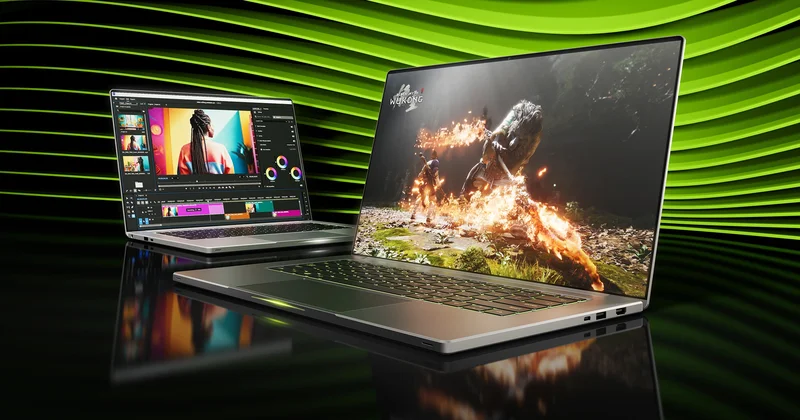Nvidia's $500 Billion Backlog: Is It Real or Just Vaporware?
Nvidia's recent GTC conference in Washington, D.C., led to some eye-popping headlines, primarily around a supposed $500 billion order backlog for their Blackwell and Rubin GPUs through 2026. CEO Jensen Huang made sure everyone heard the number. But let's dissect this figure and see if it holds up under scrutiny.
The headline number breaks down to 20 million GPUs, with six million (30%) already shipped. That leaves 14 million units to be fulfilled over the next five quarters. Nvidia is projecting $350 billion in revenue from those remaining orders – roughly $70 billion per quarter, solely from its most advanced GPUs. Compare this to the $47 billion in total revenue Nvidia reported in the second quarter of fiscal year 2026, and you see the scale of the projection.
However, a $500 billion backlog isn't necessarily $500 billion in guaranteed revenue. It's more like a "wish list" from customers. How many of these orders are firm, non-cancellable commitments with penalties? Details on the nature of these "orders" are suspiciously scarce. Are these letters of intent, preliminary agreements, or something more binding? The difference is critical. It's like saying you have a $10,000 budget for a vacation, versus actually booking and paying for the flights and hotels. Big difference.
The China-Sized Hole in the GPU Market
Then there's the elephant in the room: China. Nvidia currently has zero share of the Chinese data center market due to U.S. export restrictions. This market used to account for 20% to 25% of Nvidia's data center revenue. Even if President Trump does manage to negotiate a deal with President Xi, as he claims, will it fully restore Nvidia's previous market share? Unlikely. And even if it did, that's a lot of revenue to recover, which makes me wonder if the $500 billion accounts for a hypothetical return to the Chinese market.
And this is the part of the report that I find genuinely puzzling. If China is a no-go, where is all this demand coming from? Hyperscalers like Amazon, Microsoft, and Google are certainly expanding their AI infrastructure, but are they really going to absorb that much more GPU capacity? Nvidia is also partnering with the U.S. Department of Energy to build seven AI supercomputers, including the Solstice system with 100,000 Blackwell GPUs. That's significant, but it's still a drop in the bucket compared to the 14 million GPUs they need to ship.

The AI Bubble Risk
Almost 90% of Nvidia's revenue now comes from data centers, making it heavily reliant on AI spending from hyperscalers. This raises a critical question: are we in an AI bubble? Nvidia currently trades at 55 times trailing sales (as of Nov. 11). If AI spending slows down or even plateaus, Nvidia's valuation could take a serious hit. The nvidia stock price today is high, yes, but what happens if the hype deflates? Nvidia Stock Could Skyrocket After Nov. 19. Here's Why.
Nvidia management, including CEO Jensen Huang, suggests data center capital expenditures could reach $3 trillion to $4 trillion by 2030. If Nvidia captures a third of that market, that's $1 trillion in revenue. But that's a big "if." A more cautious estimate, perhaps based on historical growth rates and potential market saturation, would be far more prudent.
And here's my methodological critique. What assumptions are Nvidia (and Wall Street analysts) making about the average selling price (ASP) of these GPUs? Are they assuming a constant ASP, or are they factoring in potential price erosion as competition intensifies from companies like amd stock and Intel? A lower ASP would significantly reduce the actual revenue generated from those 14 million GPUs.
A Grain of Salt, Please
Nvidia's announcements are certainly impressive, and its growth has been undeniably strong, but investors need to approach these figures with a healthy dose of skepticism. The $500 billion backlog is a promising sign, but it's not a guarantee. The company's dependence on the AI market, the uncertainty surrounding China, and the potential for price erosion all pose significant risks.
